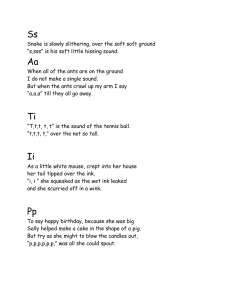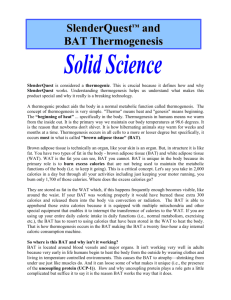Final-RE-Solutions
advertisement
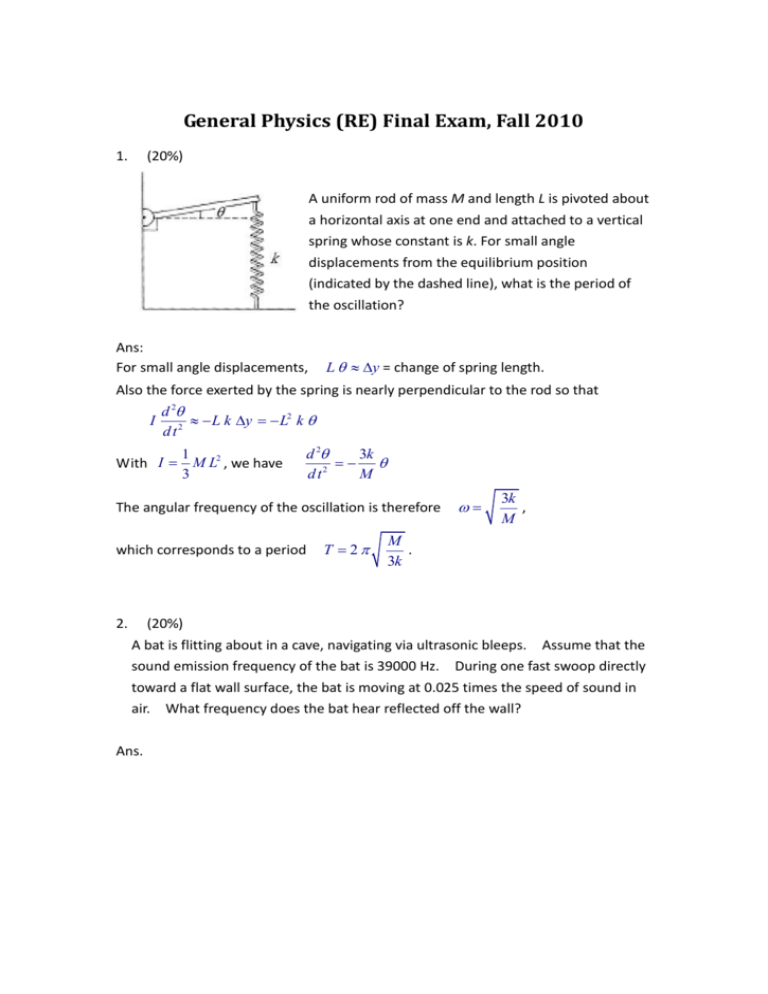
General Physics (RE) Final Exam, Fall 2010 1. (20%) A uniform rod of mass M and length L is pivoted about a horizontal axis at one end and attached to a vertical spring whose constant is k. For small angle displacements from the equilibrium position (indicated by the dashed line), what is the period of the oscillation? Ans: For small angle displacements, L y = change of spring length. Also the force exerted by the spring is nearly perpendicular to the rod so that d 2 I 2 L k y L2 k dt With I 1 M L2 , we have 3 d 2 3k 2 dt M The angular frequency of the oscillation is therefore which corresponds to a period 2. T 2 3k , M M . 3k (20%) A bat is flitting about in a cave, navigating via ultrasonic bleeps. Assume that the sound emission frequency of the bat is 39000 Hz. During one fast swoop directly toward a flat wall surface, the bat is moving at 0.025 times the speed of sound in air. What frequency does the bat hear reflected off the wall? Ans. Consider a wavefront a distance away from the wall. It’ll hit the wall and be reflected in time T equal to the period of the sound wave. During which time, the bat will have moved a distance v T towards the wall and then release the next wave front. Let the 1st reflected wavefront take time t to reach the bat. t is then the period of the wave that the bat recieves. Since the bat will have moved a distance vt, we have ct vt cT vT v 1 cv cT t T v cv 1 c Hence 1 1 0.025 f 39000 41 kHz t 1 0.025 To check the result, let the 2nd front take time t’ after the 1st to reach the bat. When the bat recieves the 1st front, it is c t away from the wall while the 2nd front is v t away. When the bat recieves the 2nd front, it’ll have travelled a distance v t’. Hence, ct vt ct vt so that t t as expected. 3. (20%) Ice has formed on a shallow pond, and a steady state has been reached, with the air above the ice at 5.0C and the bottom of the pond at 4.0C. If the total depth of ice and water is 2.0 m, how thick is the ice? Assume the thermal conductivity of ice and water to be 0.40 and 0.12 cal/mCs, respectively. Ans. Let the ice be t thick. The total heat flow per unit area is 5.0 C 4.0 C 0.12 cal / m C s 0 0.40 cal / m C s tm 2.0 t m Or 0.40 5.0 0.12 t 4.0 0 2.0 t which gives t 1.6 m 4. (20%) The thermal expansion coefficient of air at 0C and 1 atm is 0.00366 /C. Use it to define the Kelvin scale by means of the ideal gas law. Ans. From PV nRT we get 1 V 1 n R 1 V T P V P T Hence, 0C corresponds to 5. or T 1 1 273.2 K 0.00366 (20%) In the figure, water stands at depth D = 35.0 m behind the vertical upstream face of a dam of width W = 300 m. Find (a) the net horizontal force on the dam from the gauge pressure of the water and (b) the net torque due to that force about a line through O parallel to the width of the dam. Ans. D (a) F P dA g h W dh 0 1 g W D2 2 1 2 1000 kg / m 3 9.8 m / s 2 300 m 35.0 m 1.8 109 N 2 (b) Let r be the vector from O to a point on the dam at depth h. Then D g h r sin W dh 0 where is the angle between r & the horizontal. D 1 1 1 g h D h W dh g W D 3 D 3 g W D 3 3 6 2 0 1 3 1000 kg / m 3 9.8 m / s 2 300 m 35.0 m 2.1 1010 N m 6

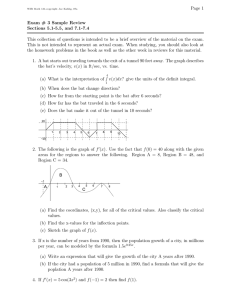






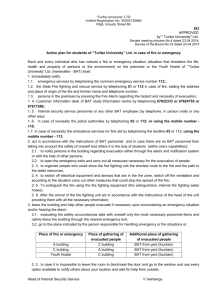



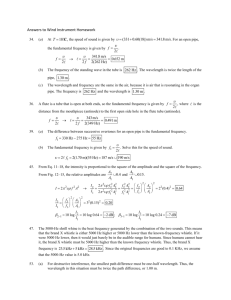

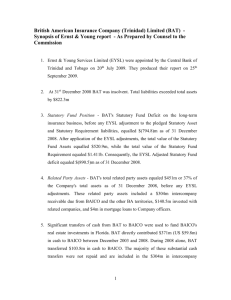
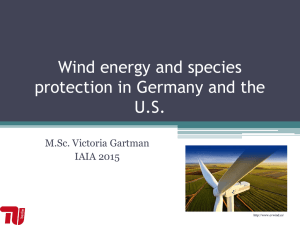
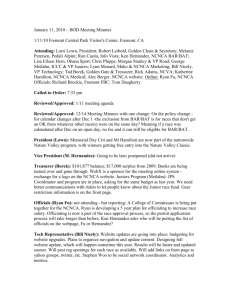
![[#CDV-1243] dso-java.bat cannot be used multiple times](http://s3.studylib.net/store/data/008559144_1-45531b0e6e86d07dc5a250bde4a4f9c9-300x300.png)
